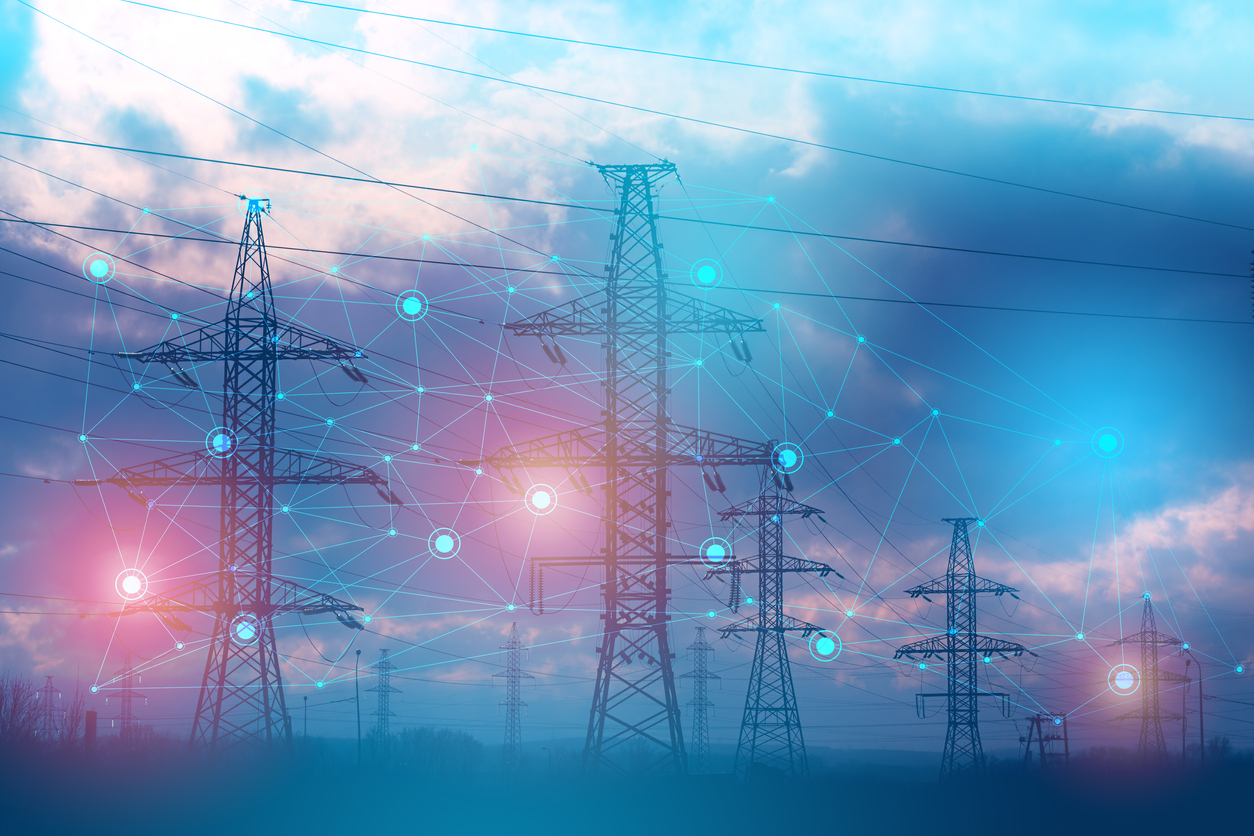Amidst rapid economic growth, ASEAN nations face the challenges of transitioning from fossil-fuel dependency to sustainable energy. An expert believes the rapid rise of distributed renewable energy (DRE) systems should offer promising solution especially while grid congestion and funding shortfalls pose significant barriers.

(Photo: iStock)
Gian Autenrieth, co-lead of D-REC Initiative, recently published an article on Power Engineering International said that DRE systems can provide electricity access where it isn’t economically viable for grid transmission. And even where DRE systems are grid-tied, they can still deliver significant climate impact, reduce the reliance on coal-intensive energy grids whilst often providing the end-user savings in their utility bill.
He takes agricultural communities as an example and said the use of solar powered water pumps and chilled storage has been shown to both increase farming yields and keep produce good for longer at a much cheaper cost than the use of diesel generators. This illustrates the significant effect DRE can have on protecting and even improving livelihoods in isolated areas, with the potential of helping subsistence farmers cultivate more tradable produce.
Furthermore, these systems are designed solely for the use of the communities they serve, consumers can have more confidence in its reliability. So, in the case of electrifying public buildings like schools and hospitals, staff in health and education are given much better working environments, and students and patients receive a much better experience, ultimately catalysing the development of health and education systems in traditionally underserved areas.
Green energy development is quite different in ASEAN countries. For instance, whereas Vietnam leads the way with 30% renewables capacity, Indonesia is starting from a blank slate. Yet, regardless of experience of connecting renewables to the grid, the scale at which ASEAN countries will need to enhance transmission and distribution to meet their targets requires significant investment and planning.
The IEA suggests that no less than $190 billion a year will be needed to meet the region’s climate goals – this is more than double the $70 billion a year that was thought to be required between 2016 and 2020. The UN recently warned that we are far from hitting a satisfactory performance in meeting Sustainable Development Goals(SDG). It is estimated now that the SDG funding gap almost doubled after the pandemic, and now sits at approximately $4.2 trillion.


